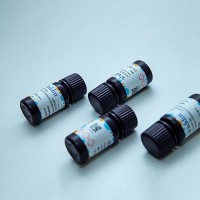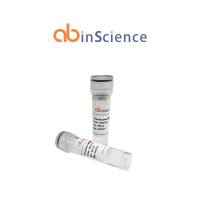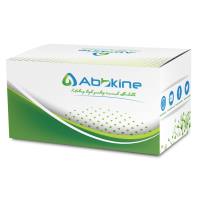Methods to Assess Inhibition of Adipocyte Differentiation by SV40 Large T Antigen
互联网
713
Murine preadipocyte cell lines represent a convenient and informative model system for determining whether the mechanisms underlying oncogene-induced neoplastic transformation and the suppression of terminal differentiation are related. Preadipocytes transformed by a variety of oncogenic proteins, such as the Simian virus 40 (SV40) large-tumor antigen (SVLT) or activated ras oncogene (1 –6 ) and others, fail to differentiate into adipocytes. However, the transformation and differentiation-inhibition functions are separable. Genetic analysis of SVLT has shown that at least two functional domains block differentiation independently. These include the N-terminal domain that binds to the cellular protein encoded by the retinoblastoma gene (Rb ) (see Note 1 ) and a C-terminal function. However, only one of these two, the Rb -binding domain, is involved in neoplastic transformation (1 ,3 ). That is, the C-terminal function blocks differentiation independently of Rb -binding and independently of transformation (3 ). In addition, it was also shown that at low doses activated ras prevents adipocytic differentiation without inducing a fully transformed phenotype (5 ,6 ). Thus, structure-function analysis or dose analysis in the adipocyte system has helped distinguish oncogene functions not detectable using standard transformation assays alone.









